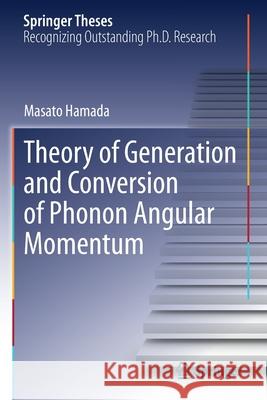Theory of Generation and Conversion of Phonon Angular Momentum » książka
topmenu
Theory of Generation and Conversion of Phonon Angular Momentum
ISBN-13: 9789813346925 / Angielski / Miękka / 2022 / 108 str.
Theory of Generation and Conversion of Phonon Angular Momentum
ISBN-13: 9789813346925 / Angielski / Miękka / 2022 / 108 str.
cena 564,88
(netto: 537,98 VAT: 5%)
Najniższa cena z 30 dni: 539,74
(netto: 537,98 VAT: 5%)
Najniższa cena z 30 dni: 539,74
Termin realizacji zamówienia:
ok. 22 dni roboczych
Bez gwarancji dostawy przed świętami
ok. 22 dni roboczych
Bez gwarancji dostawy przed świętami
Darmowa dostawa!
Kategorie BISAC:
Wydawca:
Springer
Język:
Angielski
ISBN-13:
9789813346925
Rok wydania:
2022
Ilość stron:
108
Waga:
0.16 kg
Wymiary:
23.39 x 15.6 x 0.56
Oprawa:
Miękka
Wolumenów:
01
Dodatkowe informacje:
Wydanie ilustrowane











